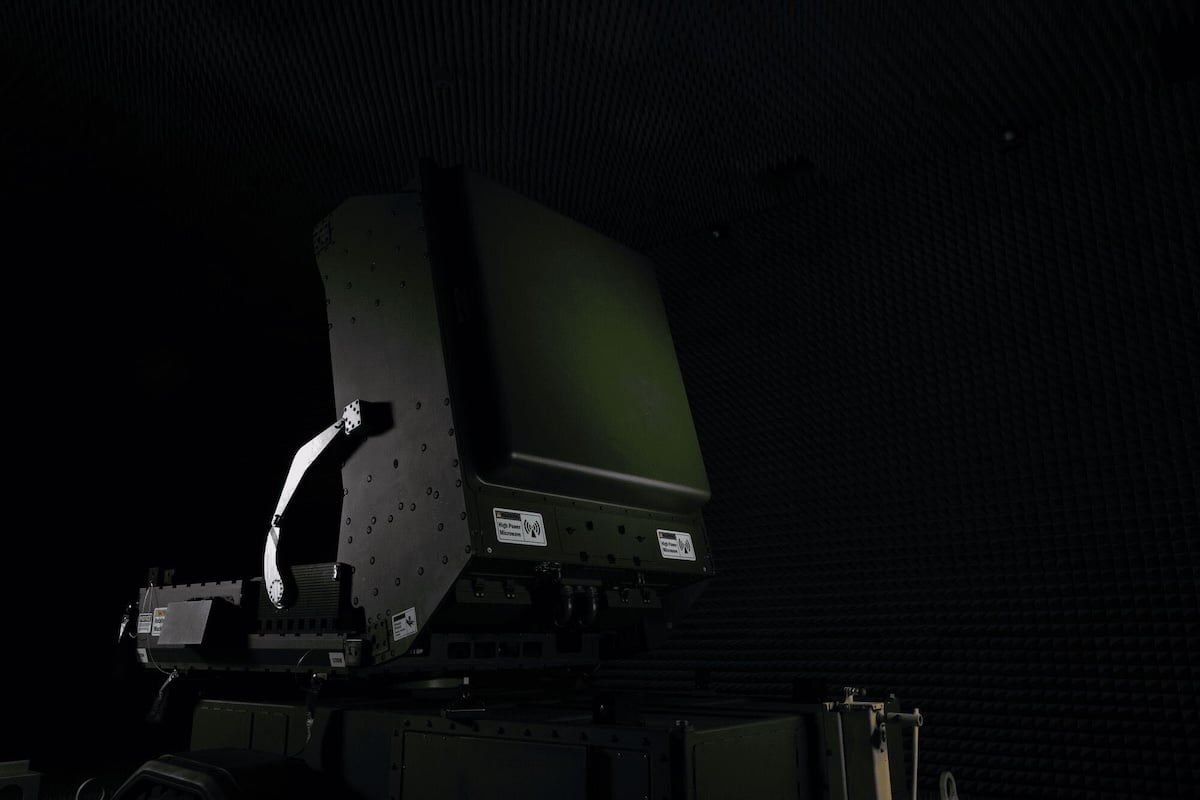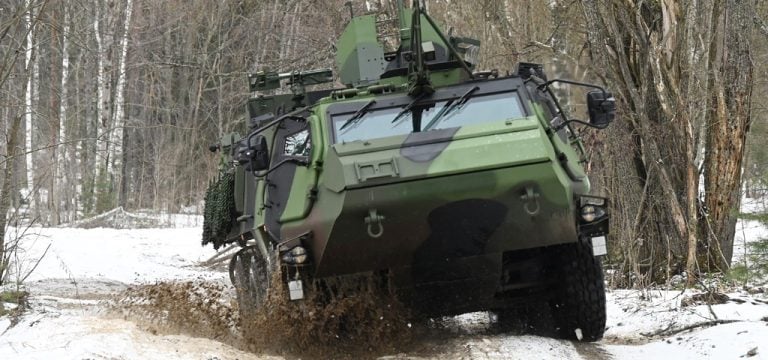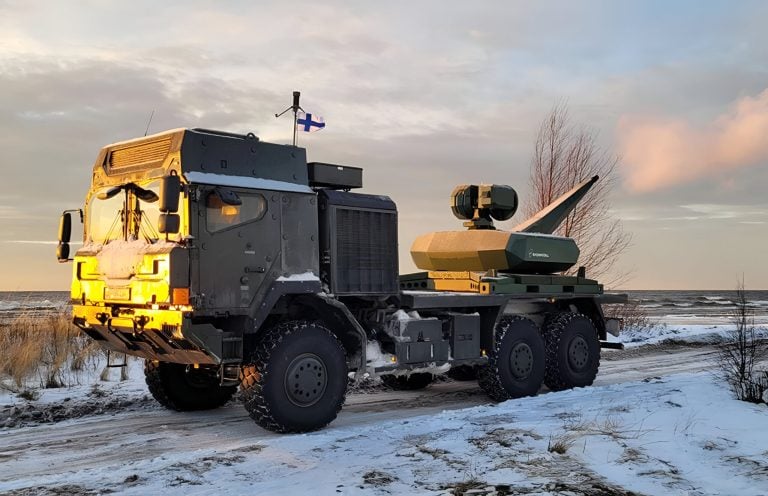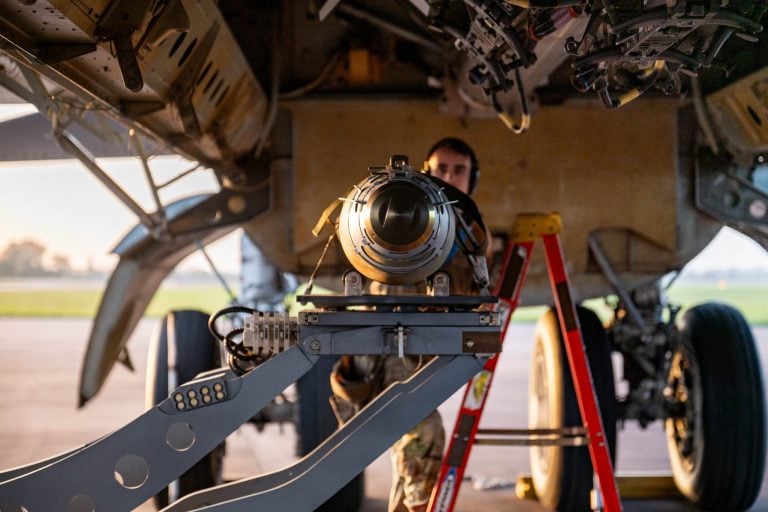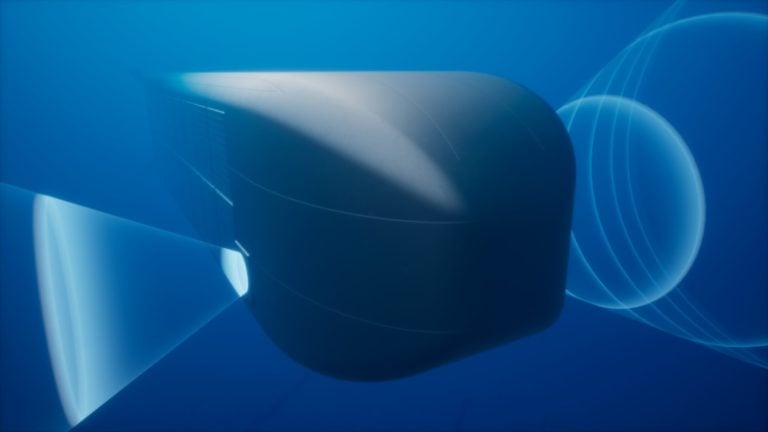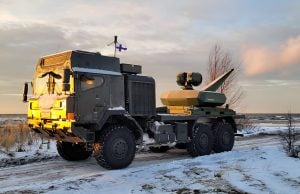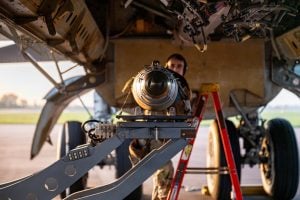The US Naval Surface Warfare Center Dahlgren has marked a significant step in modern warfare technology with the acquisition of its first high-power microwave (HPM) system prototype specifically engineered to counter drone swarms. Manufactured by Epirus, this new system is derived from the existing Leonidas Expeditionary framework.
The Expeditionary Directed Energy Counter-Swarm (ExDECS) system, designed for integration with light tactical vehicles and trailers, aims to fortify the US Marine Corps’ capabilities in facing airborne threats. Its compact design ensures that it can easily be deployed in various operational environments, making it an ideal asset for Marine forces.
Following successful Government Acceptance Testing scheduled for early 2025, the ExDECS prototype is set to play a vital role in enhancing low-altitude air defense missions. This advancement aligns with the need for more sophisticated counter-drone strategies as drone warfare evolves rapidly. The ExDECS will contribute to improving the Marines’ ground-based air defense capabilities, allowing them to address electronic threats with greater efficiency.
As part of the announcement at the Modern Day Marine event, Epirus highlighted the technological advancements offered by the ExDECS system. The prototype showcases a modular and scalable design that incorporates solid-state HPM technology and gallium nitride amplifiers, although specific technical details regarding its range, power requirements, and engagement capacity remain undisclosed.
Andy Lowery, the CEO of Epirus, emphasized the transformative nature of drone warfare, stating that systems like ExDECS provide Marines with a significant advantage by allowing them to neutralize multiple electronic threats simultaneously. He referred to this capability as a “one-to-many” solution, underscoring the prototype’s potential to enhance the mobility, survivability, and lethality of Marine forces in active combat scenarios.
The Leonidas HPM system serves not only as the foundation for the ExDECS but also extends its application to the maritime variant known as Leonidas H2O, as well as the US Army’s Indirect Fire Protection Capability – High-Power Microwave program. In a notable development from 2022, the Leonidas system was successfully integrated with Stryker armored fighting vehicles, further advancing mobile counter-drone capabilities.
With the introduction of the ExDECS, the US military is taking proactive steps to adapt its strategies and technologies in response to the ever-evolving landscape of aerial warfare, positioning itself to effectively contend with emerging threats in the field.
